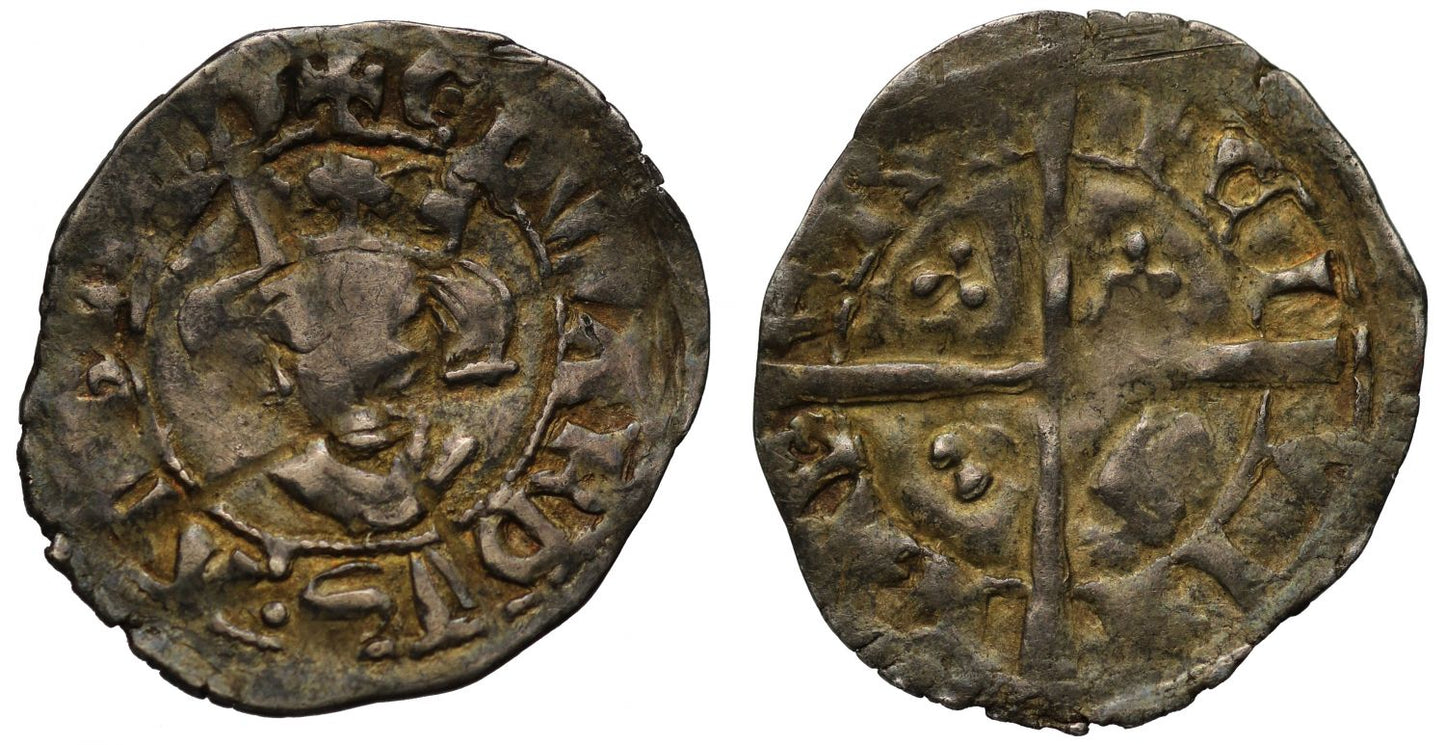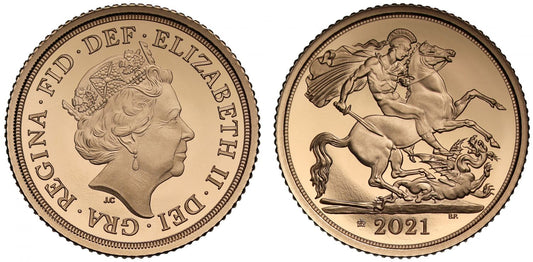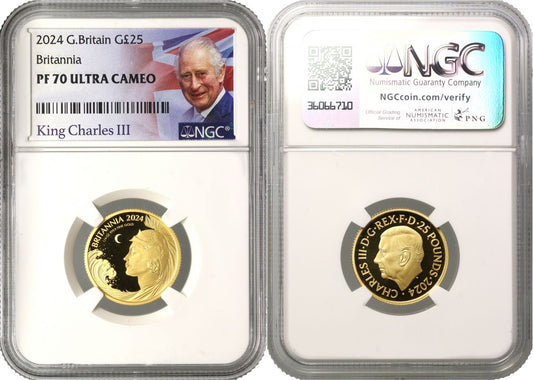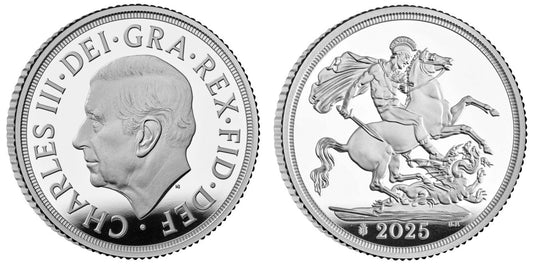FAQs
What makes a coin valuable?
I have coins to sell, what’s the next step?
How will my purchases be shipped?
What happens if I’m not entirely happy with my purchase?
Edward III Halfpenny, 1st issue, Berwick-on-Tweed Mint, one bear head
Edward III (1327-77), silver Halfpenny, first coinage (1327-35), Berwick Mint (1333-42), type VIIIa, facing crowned bust with collar, beaded circles and legend surrounding, +EDWARDVS D'. GR', rev. long cross pattee, tri-pellets in two opposing angles, bears head in one quarter, beaded circles and legend around, VIL LA B ERV ICI, weight 0.47g (SCBI 39:1158 North; N.1089; S.1537). Toned about very fine and rare.
The Latin abbreviated legend translates as "Edward, by the grace of God" and on the reverse "Town of Berwick."
One of the longest reigns of the medieval period Edward III born 13th November 1312 as Edward of Windsor came to power aged 14 after his Father was forced to relinquish the crown by his Mother and he was coronated on 1st February 1327. Edward married Philippa of Hainault on 24th January 1328 at York Minster and they had five sons and four daughters. His Father passed away suspiciously whilst imprisoned at Berkely Castle on 21st September of 1327 but young Edward waited until he was 17 before leading a successful coup d'etat on 19th October 1330 against Roger Mortimer the lover of his mother and de facto ruler whom he had executed. Next English magnates known as "The Disinherited" having lost land in a peace accord invaded Scotland and won a victory at the Battle of Dupplin Moor in 1332 and attempted install Edward Balliol the son of John Balliol on the throne in lieu of the infant David II. Balliol was soon expelled and seeked the help of Edward who then won a decisive victory at Berwick reinstalling Edward Balliol and giving Edward III swathes of land in southern Scotland. However this was short lived and David II's forces regained control by 1338. Meanwhile Philip VI in France confiscated the Duchy of Aquitaine and the county of Ponthieu. Therefore Edward III declared himself rightful heir to the French throne as grandson of Philip IV in 1337 sparking off the Hundred Years War, and after some initial teething troubles the first phase went well for England with the naval victory at Sluys on 24th June 1340 being decisive, supposedly influencing the design of the gold Noble. This was followed by other major land victories at Crecy on 24th August 1346 and the Battle of Poitiers won by his son Edward the Black Prince on 19th September 1356, all of which led to the Treaty of Bretigny drafted on 8th May 1360 and ratified on 24th October as the Treaty of Calais, giving large territorial gains if Edward renounced his claim to the French throne. However, the relative peace that followed did not last long and by 1369 the French war commenced again and son of Edward III, John of Gaunt led a military campaign which failed and led towards the 1375 Treaty of Bruges which reduced the lands to only Calais, Bordeaux and Bayonne. These battles and campaigns were all played out against a backdrop in England of the spread of plague known as the "Black Death" leading to labour shortages and led to the adoption of the "Statute of Labourers" in 1351 which ultimately failed. Edward's wife Phillipa died on the 15th August 1369 from illness similar to edema at Windsor Castle. Directly connected to the continued military activity a great deal of taxation occurred which led to political discontent, though the King always remained popular publicly. The politics came to a head in 1376 with the "Good Parliament where grievances were aired dismissing varied advisors from their positions and the banishment of Edward's mistress Alice Perrers who was wielding far too much influence over the aged King who was becoming incapacitated by illness. Edward III signed letters patent for the succession of the crown and in late September he fell ill from a large abscess. He rallied a little in the coming months from February 1377 but later descended in health into early and died on 21st June 1377. His son Edward of Woodstock known as the "Black Prince" had pre-deceased him on 8th June 1376 from dysentery, therefore his ten year old grandson Richard became King Richard II under the regency of his uncles John of Gaunt and Thomas of Woodstock.
Situated at the mouth of the River Tweed just over 50 miles south east of Edinburgh, Berwick is the most northerly town in the UK and was an Anglo-Saxon settlement from the time of the Kings of Northumbria annexed by England in the 9th Century. The town was subject to the next 400 years of border wars. A mint was first established here by Scottish King David I striking coins through successive reigns until the town was captured and sacked by Edward I in 1279. The Scottish won back the town the following year, though the English continued to hold the castle. The town was evacuated by the Scots in 1298 and held by the English till 1318. It later fell into English hands again in 1333 and held till the end of Edward IIIs reign with just a brief Scottish occupation in 1355. The Berwick coins were all struck from locally made dies and therefore differ from coinage in the rest of the country issued at that time.
Provenance:
Ex Patrick Finn, Cumbria, List 6, Winter 1996, item 207.
Ex Collection of an English Doctor part III, Sovereign Rarities fixed price list online August 2022.
FAQs
What makes a coin valuable?
I have coins to sell, what’s the next step?
How will my purchases be shipped?
What happens if I’m not entirely happy with my purchase?













